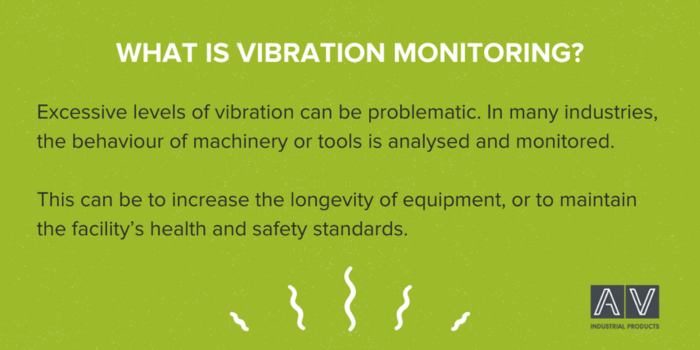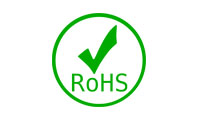
In a number of sectors, vibration monitoringis hugely important. Monitoring for anomalies and conducting vibration analysis helps companies and individuals to tackle the negative impacts of excessive vibration. Afterall, vibration that is not monitored, and is left unchecked, can both damage machinery and tools. Moreover, excessive vibration poses a significant health risk for individuals handling equipment that produces vibration. Today we are taking a closer look at vibration monitoring: understanding why it is important as well as how companies and individuals conduct a vibration risk assessment.
An Overview of Vibration Monitoring
In order to understand vibration monitoring as a broad concept, it is first important to define vibration. Vibration in an object is the rapid back and forth movement of physical particles. This occurs as a reaction to different forces. An example of vibration can be vibration in a vehicle, which occurs as a result of forces from the road, springs, the engine and other internal components.
All manner of objects have the ability to produce different forms of vibration. Whilst some amount of vibration is normal and healthy, excessive levels can be problematic. This is where vibration monitoring comes in. In a great many industries, it is highly desirable to analyse and examine the behaviour of machinery or tools. This can be for a variety of reasons. The individual responsible for monitoring may be trying to increase the longevity of critical equipment, or trying to maintain the facility’s health and safety standards.
Vibration Risk Assessment: Why It Matters
Whatever industry you are in, if you are handling equipment or tools that produce vibration it is imperative to perform a vibration risk assessment. So, why is this?
By performing a risk assessment, you are able to identify potential dangers and generate ways to overcome them. And in the case of vibration, or excessive vibration, dangers are present. The vibration transmitted to a person wielding power tools or machinery, for example, can damage sensory nerves, muscles and joints if not properly controlled and regulated. In other cases, vibrating surfaces have been known to cause sleep and visual disturbances as well as motion sickness and headaches.
What’s more, equipment or machinery that has not undergone vibration analysis is at risk of failure or damage. As you can see, excessive vibration holds the potential to disrupt a facility’s output hugely. Staff may be at risk of illness or disability and equipment is at risk of damage. This can be detrimental to engineers, manufacturers and more.
How Is Vibration Monitoring Conducted?
Vibration is monitored in different ways, and will change depending on the application. Some facilities, for example, may conduct site wide tests whilst smaller places may perform isolated monitoring.
Generally speaking, vibration monitoring is conducted by placing piezoelectric accelerometers (sensors) on various areas of a machine. These areas may be defined by an ISO standard such as ISO8528-9, or may be predetermined by the machine manufacturer. The vibration level, measured in m/s2, and predominant frequency, measured in Hertz, is recorded at each area and the data recorded in a log book. At regular intervals, the maintenance engineer will repeat these tests, and any increase in vibration level will be a key indicator that a service is required (for example worn bearings). In addition, the engineer may measure the vibration levels above the anti vibration mounts, and also below the anti vibration mounts, to ensure the supporting structure (i.e. the floor) is

being sufficiently protected from vibration transmission. Often the piezoelectric accelerometers are magnetic, however they can also be fixed by mechanical connectors or beeswax.
Vibration Analysis at AV Industrial Products
If you are in a position where you require the assistance of a professional team to conduct vibration analysis, the team at AV Industrial Products can help. We can oversee and assist the monitoring programme at your facility: recording key data and providing recommendations for products such as mounts and bearings. If you would like to speak to us about condition monitoring/ vibration analysis, contact us today. We are available to answer any queries you may have, from price to process.




